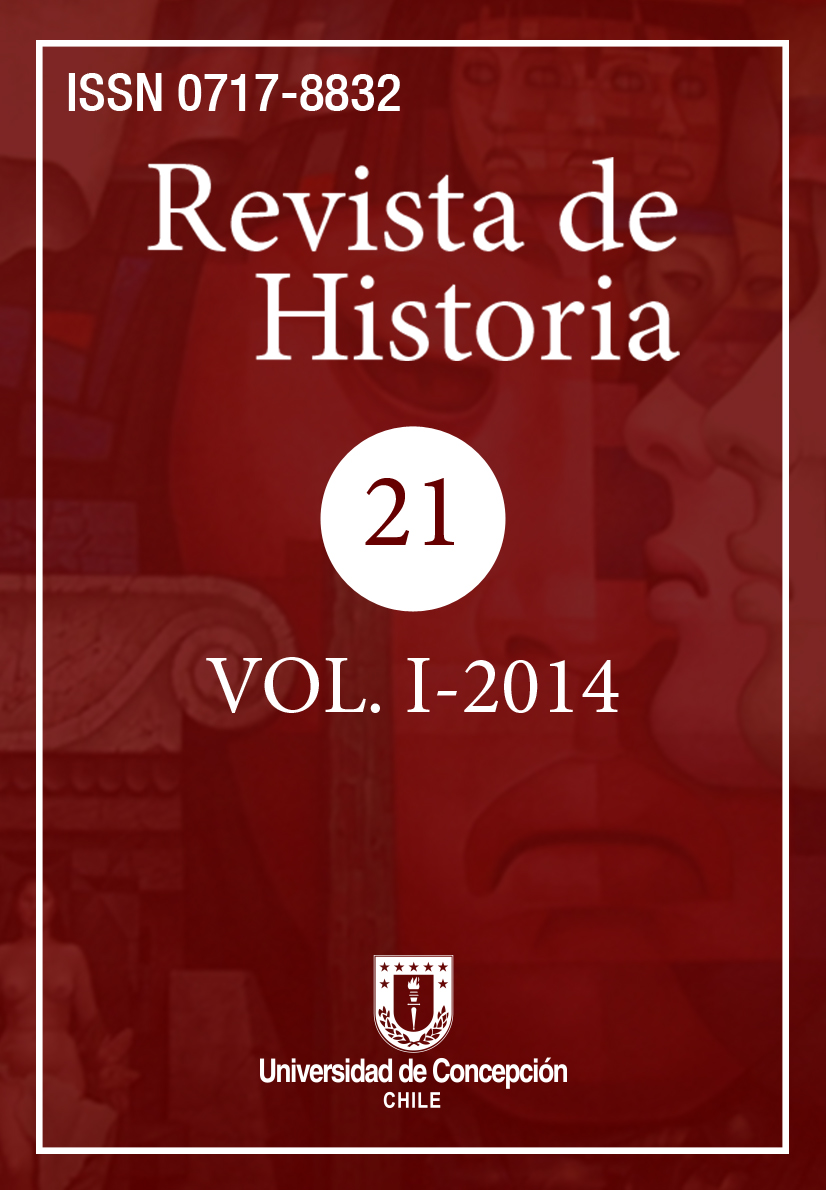The Chilean Roto: Masculinities and Exclusion
Keywords:
Roto Chileno, Masculinity, MestizoAbstract
During the conformation of national states in America, symbols, hymns and heroic figures were usually used as a means of establishing common elements between individuals who inhabit a particular territory, and for building identity images for distinguishing one country from another. One of this “emblems” that appeared in Chile, is the famous image of the “Roto Chileno” (Literally Broken Chilean, allusion to being poor, or broke), an individual who, from being ostracised, became the brave “hijo del pueblo” (Son of the People) with the end of the war against the Confederación Perú-Boliviana (Peru-Bolivian Confederation) and praised afterwards with the conclusion of the Guerra del Pacífico (Pacific War) in 1879, finally honouring him with a monument in the Yungay square, situated in Santiago centre. One of the characteristics of these national emblems is that they allude exclusively to masculinity, excluding completely from the national scene anything related to femininity. Therefore, this investigation will propose that the exclusion of the feminine is owing to the necessity to establish clear images of gender and class in society. On this sense, it is strengthen the figure of the Roto Chileno like a popular national masculine image, to whom is shown gratitude for his heroism in 1879 with the erection of a statue, but is not rewarded with economical benefits, the later which would obviously help him better his quality of life, something that a statue in a square cannot do it. This paper will analyse both the inauguration speech in monuments and the poetry linked to the figure of the “roto” as well.
Downloads
Published
How to Cite
Issue
Section

This work is licensed under a Creative Commons Attribution 4.0 International License.






